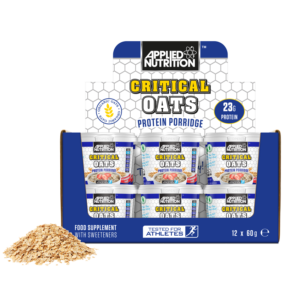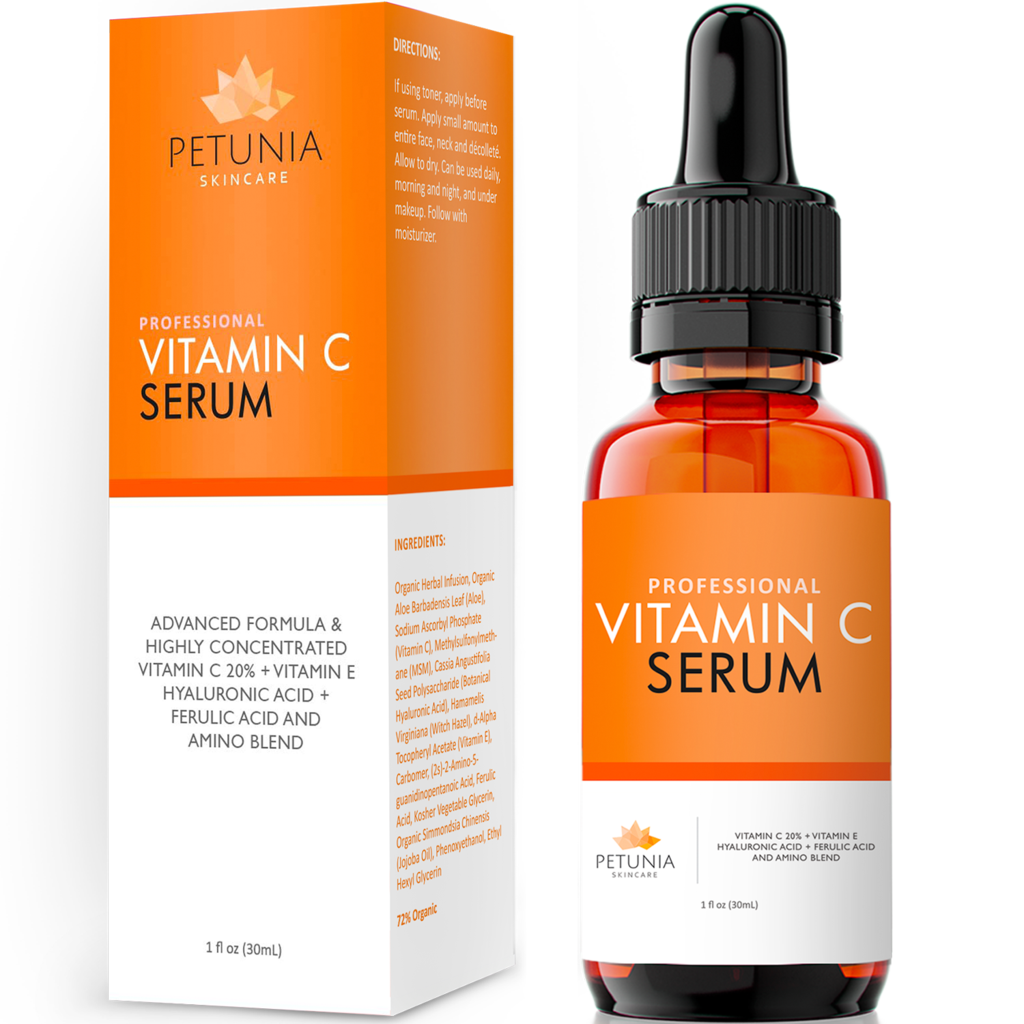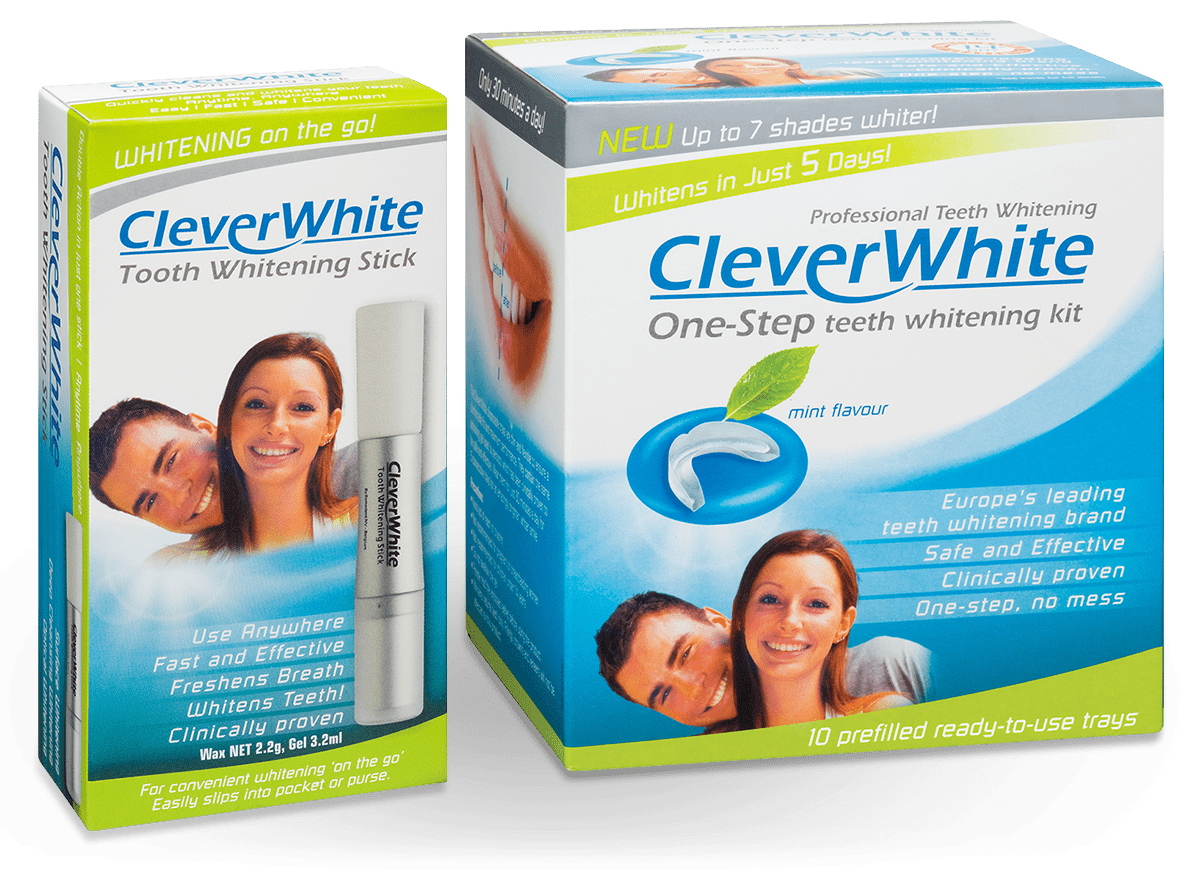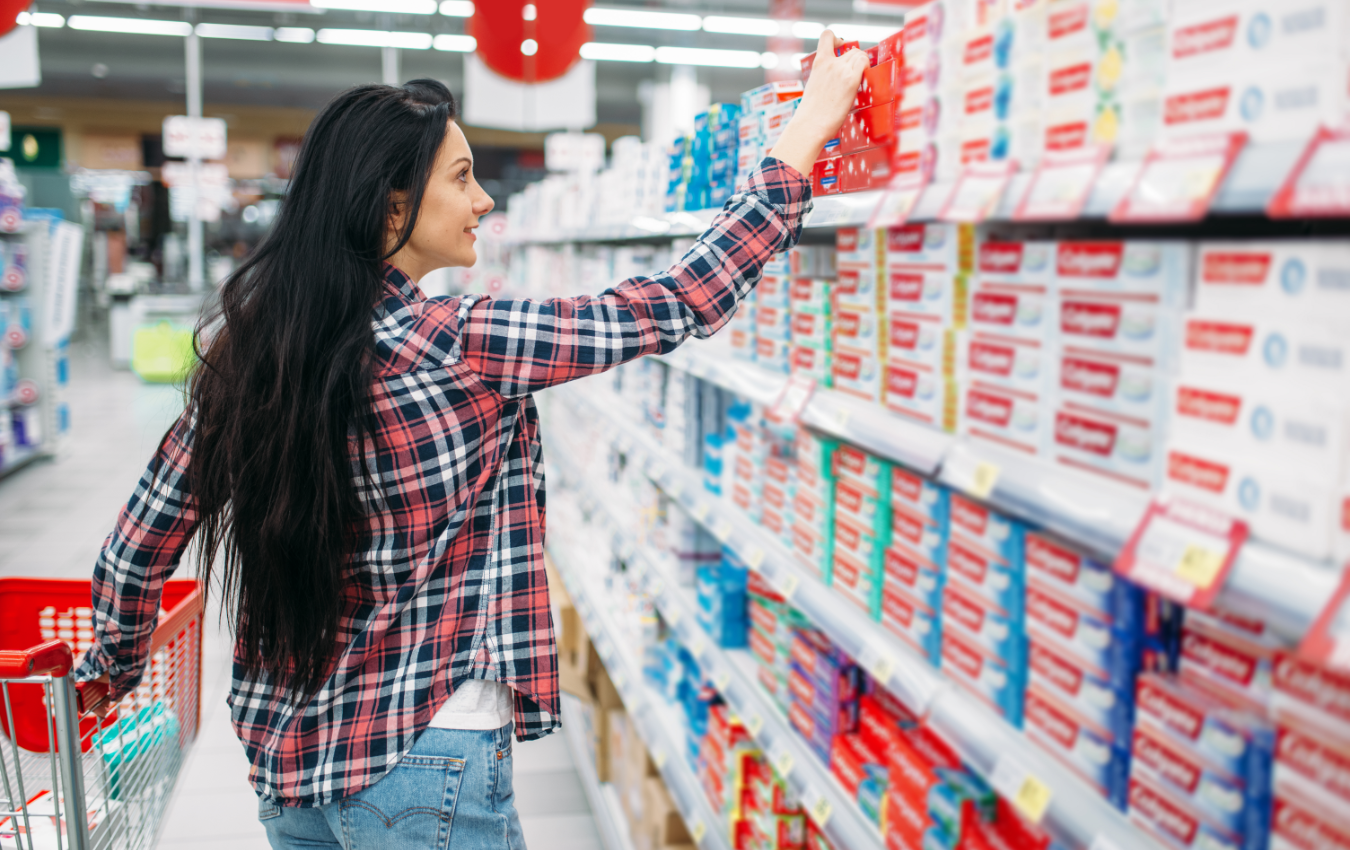Home » Optimizing Folding Cartons for Retail Success
Optimizing Folding Cartons for Retail Success
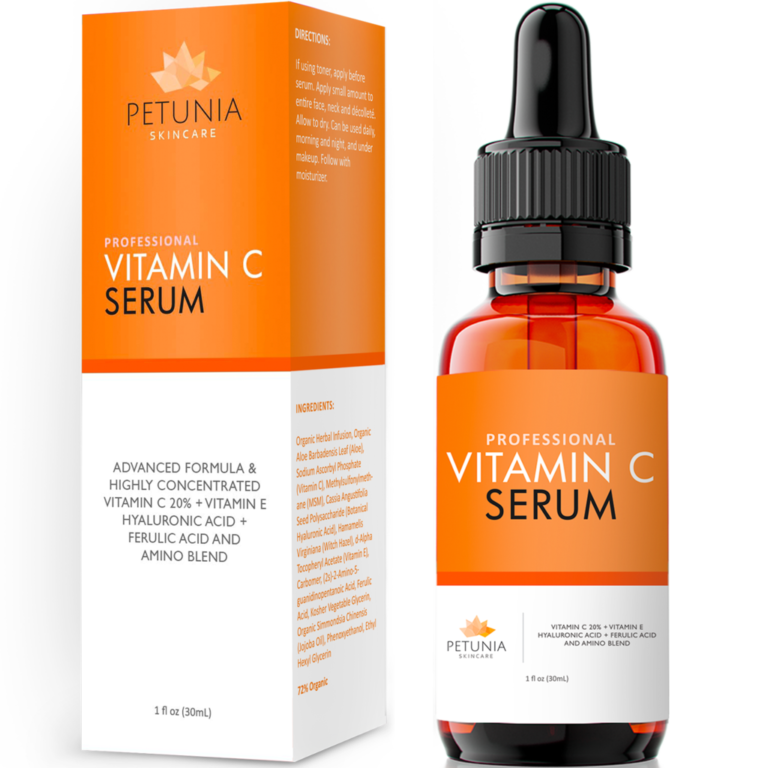
Folding cartons are a retail packaging staple—used across food, cosmetics, health, and consumer goods for their lightweight, customizable, and cost-effective structure. But not all folding cartons are created equal. If you want to stand out on shelf, pass compliance checks, and protect your product from production line to retail floor, optimization is key.
This blog covers how to strategically optimize your folding cartons for retail performance, brand impact, and logistical efficiency.
Nail the Structure First
A carton that looks great but doesn’t hold up in transit or on display won’t do your product any favors. Optimizing the structure is step one.
Tips:
- Choose a tuck-end style (straight or reverse) for easy assembly and closure
- Use auto bottom also called auto-lock for heavier items requiring more support
- Consider seal-end cartons for tamper-evident packaging in food or supplements
- Match the board grade to your product weight and retail environment
✅ Ensures product safety
✅ Streamlines assembly
✅ Keeps packaging intact through the supply chain
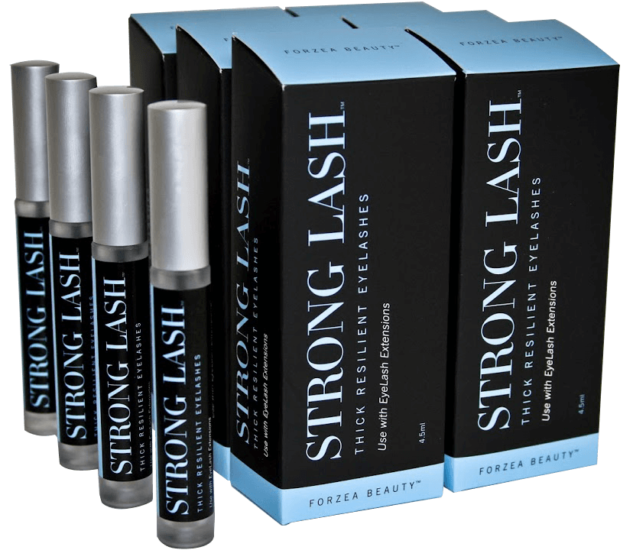
Design for Fast, Impactful Shelf Appeal
Retail shelves are crowded. Your folding carton should make your product recognizable and desirable within seconds.
Best practices:
- Use bold front-facing branding and a visual hierarchy that leads the eye
- Ensure product name, benefits, and key claims are front and center
- Incorporate color-coding or design variation for multiple SKUs
- Think vertically—many cartons are displayed in tall stacks or hung face-forward
✅ Attracts attention quickly
✅ Communicates benefits at a glance
✅ Reinforces brand consistency across variants
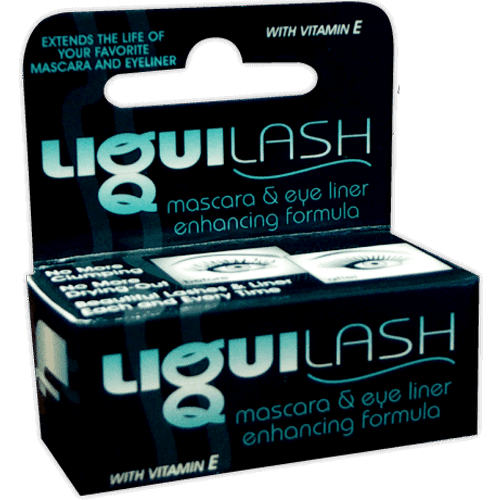
Don’t Waste the Side and Back Panels
Retail optimization isn’t just about the front. Use the other panels for supporting details and retail requirements.
Use this space for:
- Ingredient or nutritional panels
- Usage instructions
- Certifications (organic, cruelty-free, recyclable)
- QR codes that drive digital engagement or reviews
- Regulatory content (where required)
✅ Keeps the front panel clean
✅ Ensures compliance with retail and FDA/FTC guidelines
✅ Gives shoppers the extra info they need to buy
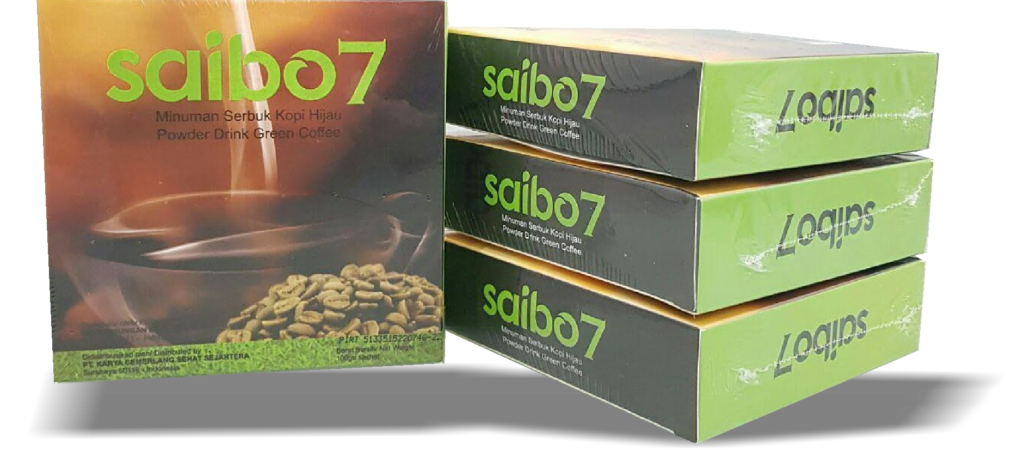
Print with Efficiency in Mind
You want eye-catching packaging—but it has to be cost-effective and print-ready for the real world.
Optimization tips:
- Use standard dielines when possible to reduce tooling costs
- Leverage digital printing for short runs or multiple SKUs
- Use shared plates or universal layouts to simplify multi-product print runs
- Choose coatings and finishes based on product value and retail positioning (e.g., spot UV for premium, matte for lifestyle)
✅ Keeps costs in check
✅ Supports quick design changes or promo packaging
✅ Reduces waste and delays
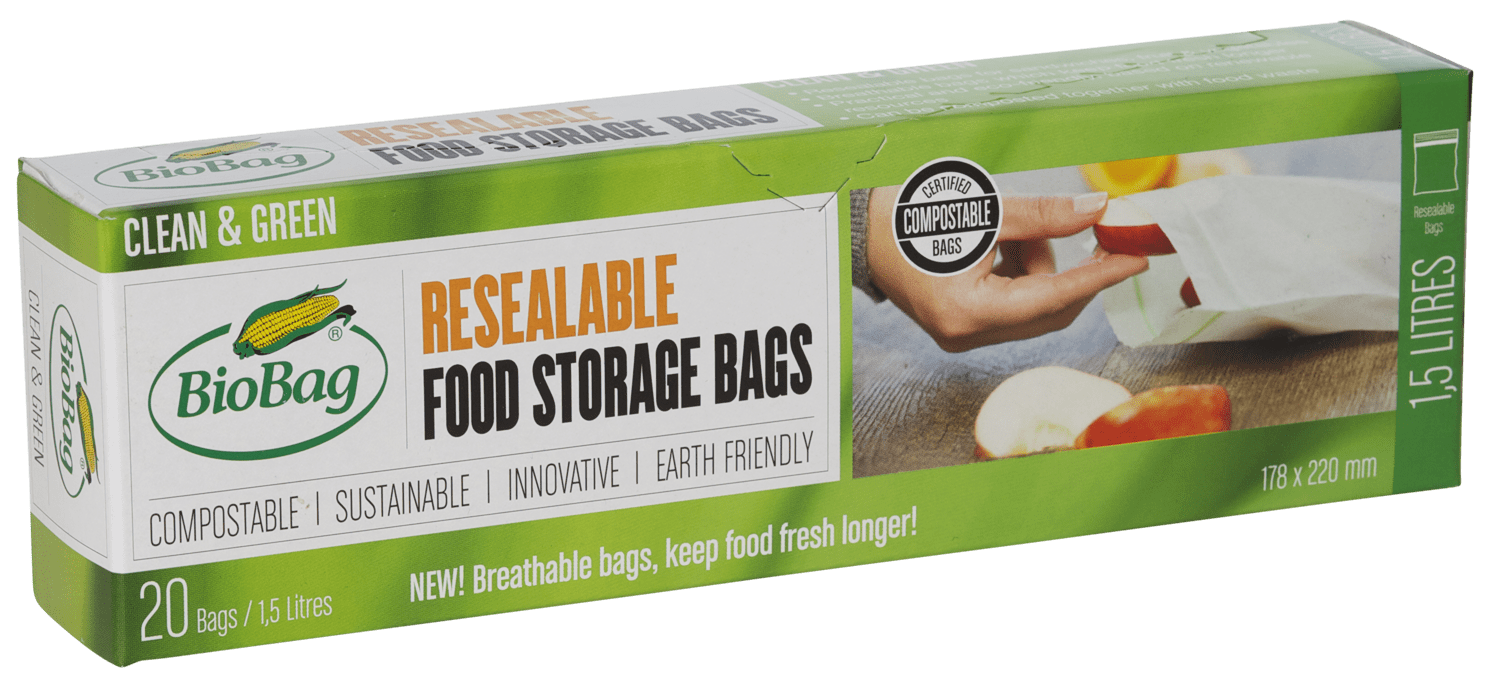
Think About Retailer Requirements
Each retailer has their own standards for packaging display, strength, barcoding, and more. Optimizing folding cartons for retail means designing to those specs from the start.
Consider:
- Shelf height and width restrictions
- Required barcode placement and sizing
- Tray or case pack configurations
- Sustainability goals or labeling preferences
✅ Prevents chargebacks or rejections
✅ Speeds up retail approval
✅ Enhances retailer confidence in your brand
Maximize Inner Space and Inserts (If Needed)
Retail cartons often need to do more than look good—they need to hold, separate, or protect the product inside.
Options:
- Add a folded chipboard insert for glass bottles or fragile items
- Use slit-lock panels to hold vials or samples in place
- Opt for multi-panel or accordion folds to tell your story without increasing box size
✅ Adds structure and value
✅ Reduces product movement or breakage
✅ Keeps packaging slim and shelf-friendly
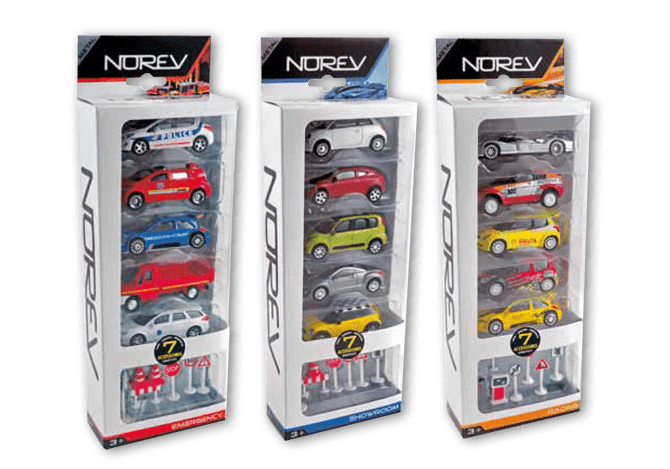
Sustainability Is Retail Optimization Too
Retailers and shoppers alike expect brands to make sustainable choices. Optimizing for retail means aligning your folding carton packaging with eco-conscious expectations.
Ways to do this:
- Use recyclable paperboard (SBS, kraft, or post-consumer content)
- Minimize unnecessary coatings or lamination
- Print with soy- or water-based inks
- Add icons or QR codes to show recyclability and reduce confusion
✅ Enhances brand trust
✅ Supports retailer sustainability initiatives
✅ Improves shopper perception
Final Thoughts
Folding cartons play a major role in how your product performs in retail. By optimizing structure, print, compliance, and sustainability, you can ensure your packaging is retail-ready, brand-right, and cost-efficient—without sacrificing performance.
Need help optimizing your folding cartons for retail?
We’ll work with you to develop smart, strategic solutions that align with your product, audience, and retail goals.
Every brand is feeling the squeeze — higher raw material costs, volatile freight rates, and a consumer base more price-conscious than ever. But cutting packaging budgets blindly can lead to
Corrugated board comes in multiple flute sizes and wall grades, each designed to balance strength, weight, and cost. Selecting the wrong grade can lead to product damage, excessive freight costs,
As tariff changes reshape global trade, packaging buyers moving production from China to the U.S. or nearshore regions face a new challenge: supplier qualification. Transitioning supply doesn’t end once a
With new tariff proposals and continued trade uncertainty, 2026 is shaping up to be another pivotal year for packaging sourcing strategy. Many companies that shifted production away from China in
Home » Optimizing Folding Cartons for Retail Success


